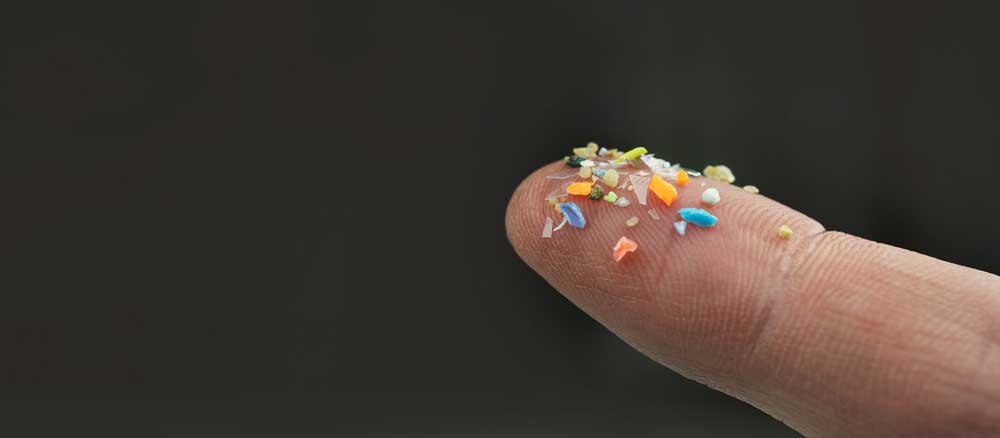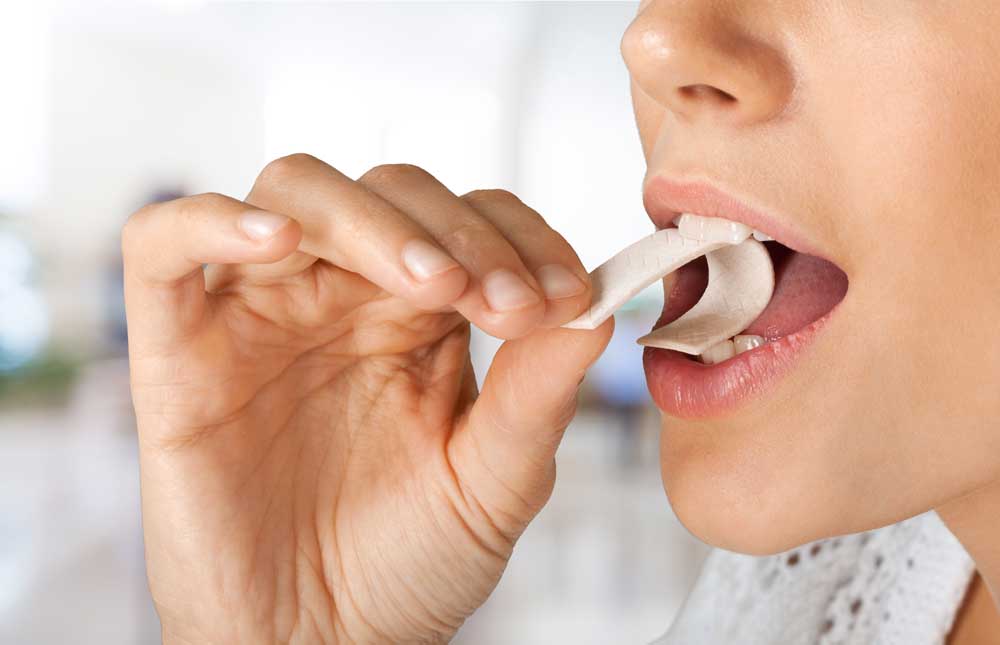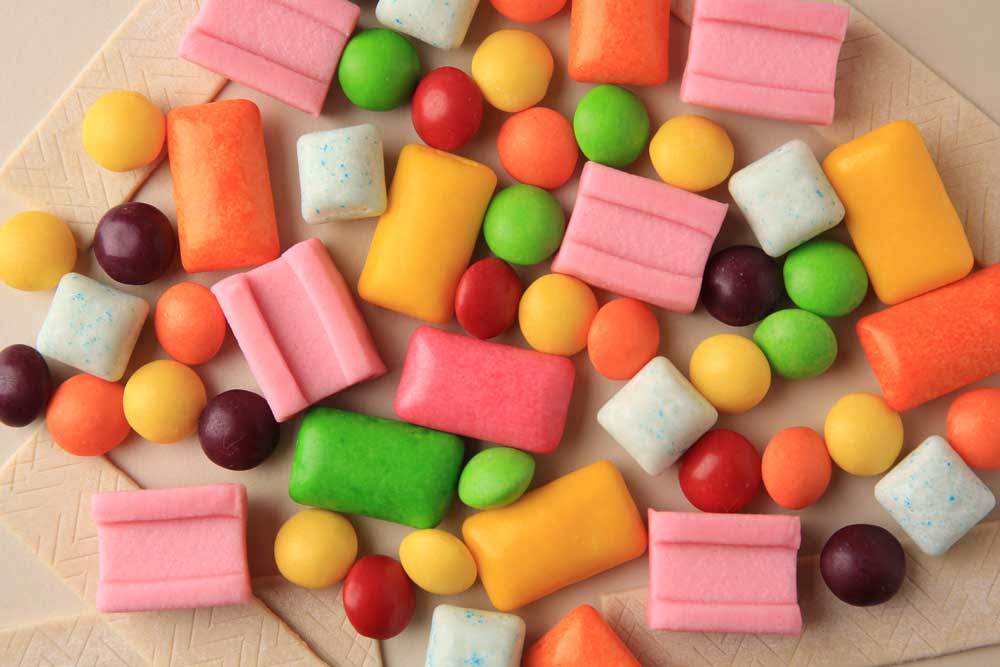Researchers have discovered that chewing gum can release hundreds of microplastics per piece into saliva, which could result in ingestion. Other common sources of microplastics include shampoo bottles, plastic utensils, clothing, cutting boards, and cleaning sponges. Scientists are now uncovering more ways in which plastics are infiltrating the human body.

UCLA researchers measured the number of microplastics generated during chewing by analysing both natural and manufactured chewing gum. They tested five brands of each type and found that both released similar amounts of plastic particles. Some pieces of gum emitted up to 600 microplastics per gram, whereas the average release was 100 microplastics per gram. Up to 3,000 microplastic particles could be released by a single piece of gum, which typically weighs between 2 and 6 grams.

Even though chewing gum is very popular, little is known about how it affects human consumption of microplastics. It is made up of sweeteners, flavourings, and a rubbery base. There are two types of rubbery bases: synthetic, which is manufactured from petroleum-based polymers, and natural, which is made from plant polymers like chicle.
An average person may be consuming over 30,000 plastic particles annually if they chew 160 to 180 little sticks of gum, thus increasing their exposure to microplastics. According to the study, most plastic particles separate from gum during the first two minutes of chewing because of friction rather than being broken down by saliva. 94 per cent of all plastic particles had already been liberated within eight minutes.

Among the polymers discovered were polyolefins, polyethylene terephthalates, and polystyrene—all of which are frequently found in packaging and items made of synthetic rubber. Although research on the health implications of consuming microplastics is still ongoing, studies on animal point to possible hazards. Experts advise limiting exposure until scientists have a complete understanding of the effects on people. Chewing a piece of gum for a longer period of time rather than constantly replacing it is one way to reduce the amount of microplastics you consume from it.
Gum that is incorrectly disposed of adds to environmental plastic pollution in addition to health risks. In order to stop additional contamination, researchers emphasise the significance of appropriate disposal.
Image source: Etv Bharat, People.com